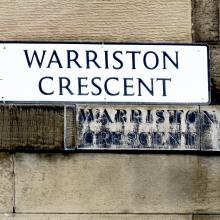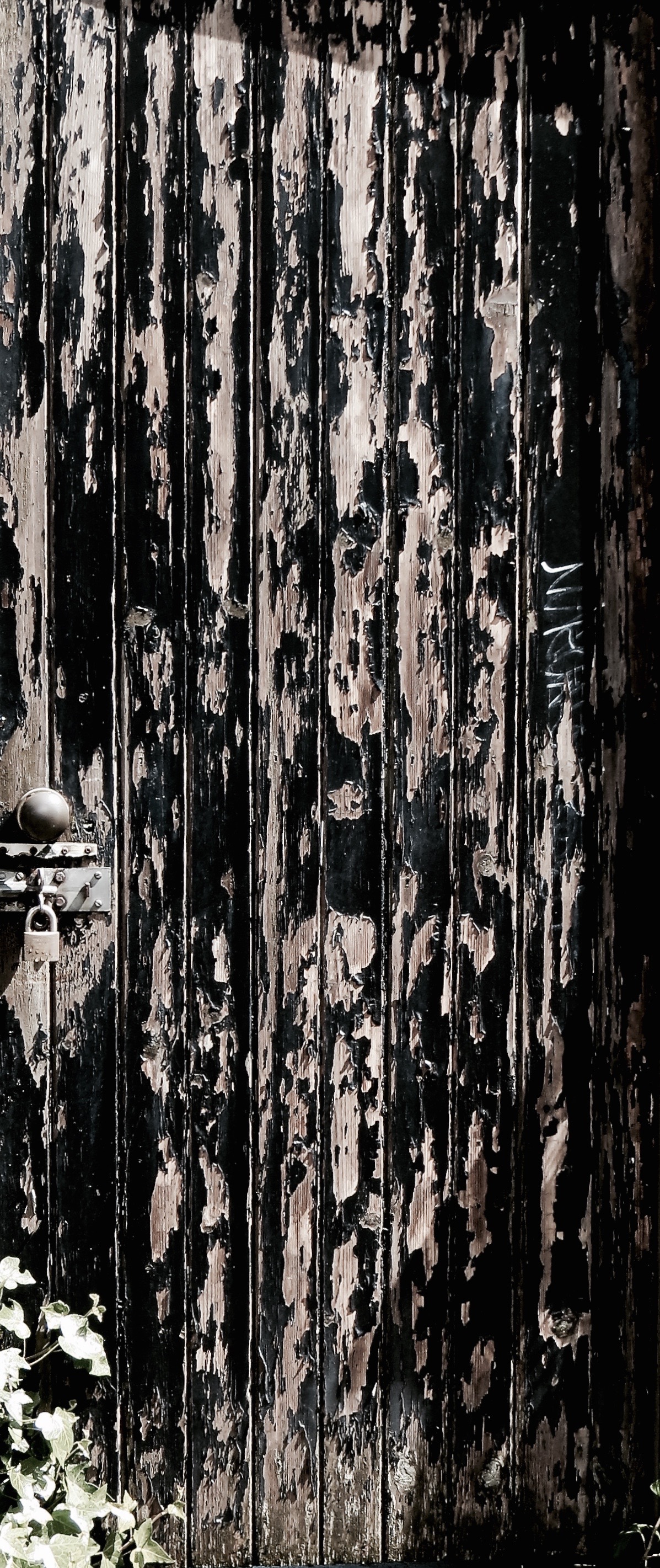
WARRISTON CRESCENT AND EILDON STREET
What on earth is a flâneur?
In Charles Baudelaire's Le Peintre de la Vie Moderne, he was the artist-poet of the city: discreetly embedded in the crowd, observing, and responding to, the ebb and flow of urban life. Walter Benjamin, developing this theme, saw the flâneur as an urban spectator, amateur detective and investigator of the metropolis.
Both lamented modernity's role in making cities increasingly unsuited to this activity. Baudelaire saw the massive public works programmes of mid-19th-century Paris as promoting a dull, bourgeois homogeneity. For Benjamin, the urbane wanderer met his demise with the victory of consumer capitalism.

Were the poet here, I'd whisk him and his laudanum supply to Drummond Place. He'd soon grasp that today's New Town, the embodiment of middle-class sensibilities, is packed to the rafters with freaks, hoodlums, and assorted general lowlife. Fruitful territory, he'd surely agree, for any artist-poet worth his salt.
Benjamin, I suspect, would take more persuading. The modern city's tendency to consume itself has, it cannot be denied, gifted us frequently banal streetscapes. More than this, however, it has delivered us a terrifying one-track absence of mind: the Primark stare.
Yet, away from the deadening crowd, the city is still often richly rewarding. The modern flâneur prefers the more intricate urban tapestries of the banal back street, leafy crescent, and narrow twisting alley. He does not seek to avoid people, but unlike his illustrious forebears, feels no great urge to be at the heart of the multitude.
The 21st-century flâneur is a psychogeographer with clean shoes. He'll walk the road less trodden, but will avoid any puddles, even small ones, and would really rather not tear his bespoke blue anorak climbing any fences, thank you very much.
I'm pleased, therefore, to report, that Warriston Crescent, handmaid to the Water of Leith, and Eildon Street, stretching out behind playing fields to the crescent's north, are spaces that civilise rather than soil. These harmonious and wise streets are outer panels to Warriston Playing Fields' centrepiece: a triptych on quietude and contemplation.
Warriston Crescent is an éminence verte of a street, with the power to discreetly subvert intentions. To pass through the Crescent's afternoon shadows is to be impelled to reflect upon the multiple purposes served by foliage: conductor, artist, friend.


To experience this elegant arboreal Georgian street is to enjoy regular performances from the harmonious plot opposite, enjoy an audience with Chopin at Number 10, be acquainted with, but not overwhelmed by, human comings and goings.

The abundant foliage imbues a thoughtfulness that enhances perception. The Crescent is the river's mirror image and its pupil: a student of gentle curves and slow time. Let it gently overcome your reluctance, and it becomes an Acquiesce to Zen street: a road to be travelled in good time.
On this subtlely subversive street, I'm reminded of the glorious Mai 68 slogan: Sous les pavés, la plage! (under the pavement, the beach). Moreover, I find myself thinking an apt reboot for contemporary bourgeois Edinburgh: Under the derangement ... the beech!
You just need to look.
Residents here, I suspect, grieve still for joyful and plaintive anthems no longer heard. To lose, at the rear, so many trees in the cause of flood defence must have been very traumatic.

Eildon Street‘s eastern annexe, adjacent to Goldenacre Path and my usual entry point, is a suburban antechamber of reds, greys and browns: a squirrel colony of a street, fugitives from the arboreal lane behind. It's always car wash Sunday here: an open-air sauna of attentive polishing, vigorous rubbing, and careful rinsing.
The street's main Victorian drag, in contrast, is a promenade of junior bicycles and senior moments. Life is elsewhere.

Big sky Eildon Street, with wonderful southern panorama, is more a practice run: the start of the story and memento mori.
It is none the worse for it.


Some streets hide their traumas, tribulations, emotions. They are worn more openly here. Its authenticity is, for me, an antidote to disturbing dis-ease and commodified conventions, its embrace of twilight's soft orange glow a reminder of approaching night.
The Crescent is a small dose of laudanum, the Street an outing to an enlightened sanatorium: calm counterpoints to the city’s fingers-in-ears denials. To be a spectator and investigator here is to loosen the Mind-Forg'd Manacles, to experience the city stripped of its tedious strut and exhausting busy-ness; its madness.
I urge you to join me, as soon as possible, for a stroll in these anarchic, playful, perceptive, streets: Cours, camarade, le vieux monde est derrière toi!
— David Hill

